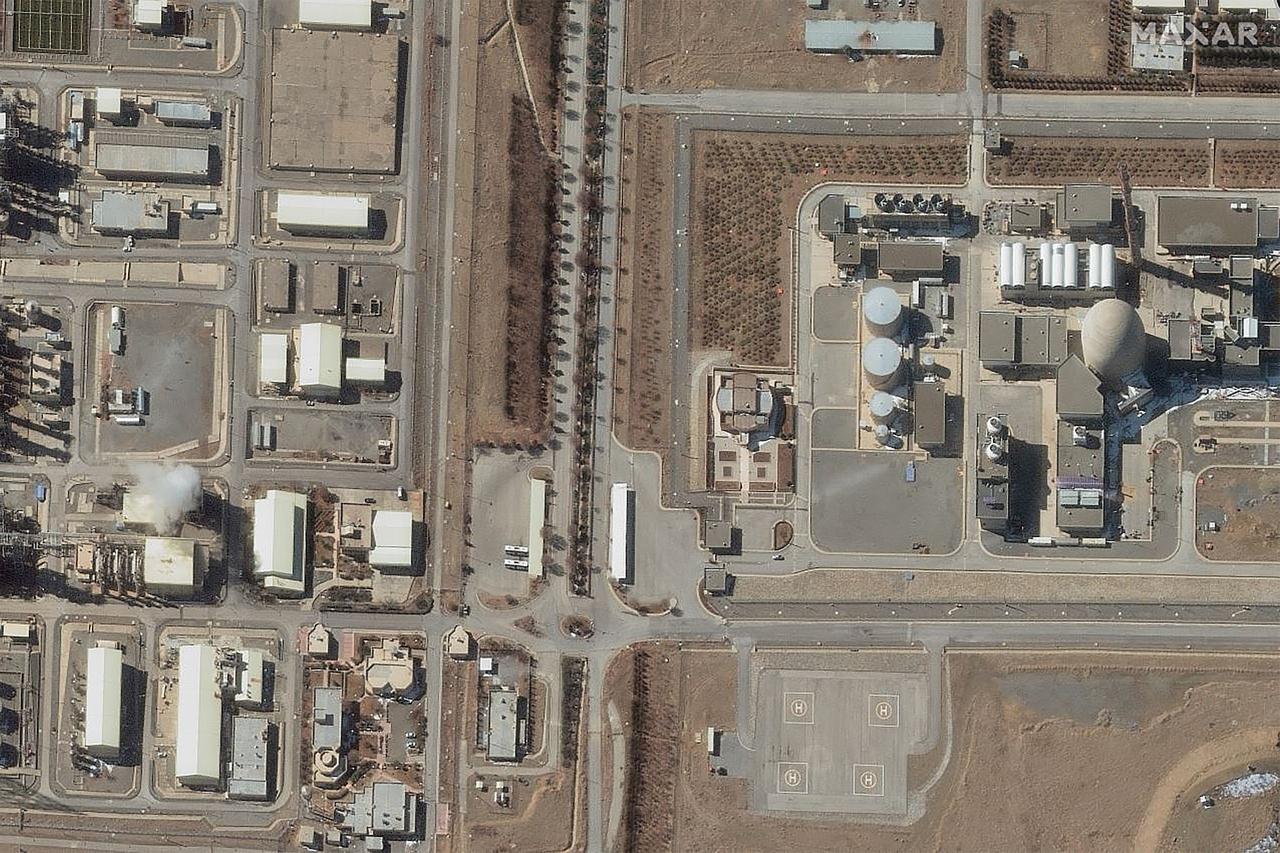
Iranian President Masoud Pezeshkian warned that if there is no rainfall soon, the capital Tehran could face severe water shortages, possibly leading to water cuts next month and even evacuation if the situation continues.
According to a report by the daily Etemad, Pezeshkian made the remarks during a visit to the western city of Sanandaj, where he addressed the country’s growing economic and environmental challenges.
Pezeshkian said Iran is facing serious natural crises caused by drought and water scarcity.
“If it doesn’t rain, we will have to impose water restrictions in Tehran starting next month,” he said. “If it still doesn’t rain, we will have no water left and will have to evacuate Tehran.”
He stressed the need for conservation and better management of water and energy resources, noting that the situation in Tehran has reached an alarming level.
Tehran receives its water supply from five main dams: Lar, Mamlu, Amir Kabir, Taleqan and Latyan. However, the country has seen a sharp decline in rainfall over the past five years.

Meteorological data shows that precipitation in Tehran this year has been about 40% lower than seasonal norms, with almost no rain during spring and summer, significantly reducing reservoir levels.
This has also caused a serious drop in underground water reserves. On July 20, the Tehran Province Water Authority warned that the city’s dam reserves had fallen to their lowest level in a century due to prolonged drought.
Throughout the summer, Tehran experienced intermittent water cuts as authorities struggled to manage dwindling supplies.
Pezeshkian previously warned on July 23 that if the current pace of water shortages continued without solutions, delivering water to residents would become impossible.
On November 3, Tehran Water Authority Director General Behzad Parsa also stated that the city’s dams could provide water for only two more weeks unless there was rainfall.
Pezeshkian said the worsening drought highlights the urgent need for efficient management and responsible use of limited resources, stressing that the government’s efforts are constrained by financial limitations and long-standing economic pressures.